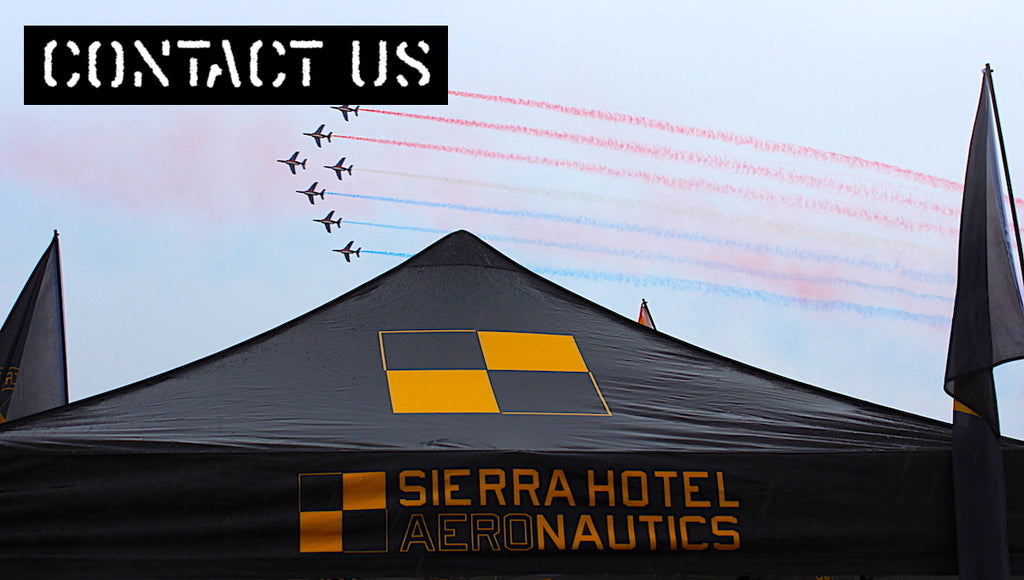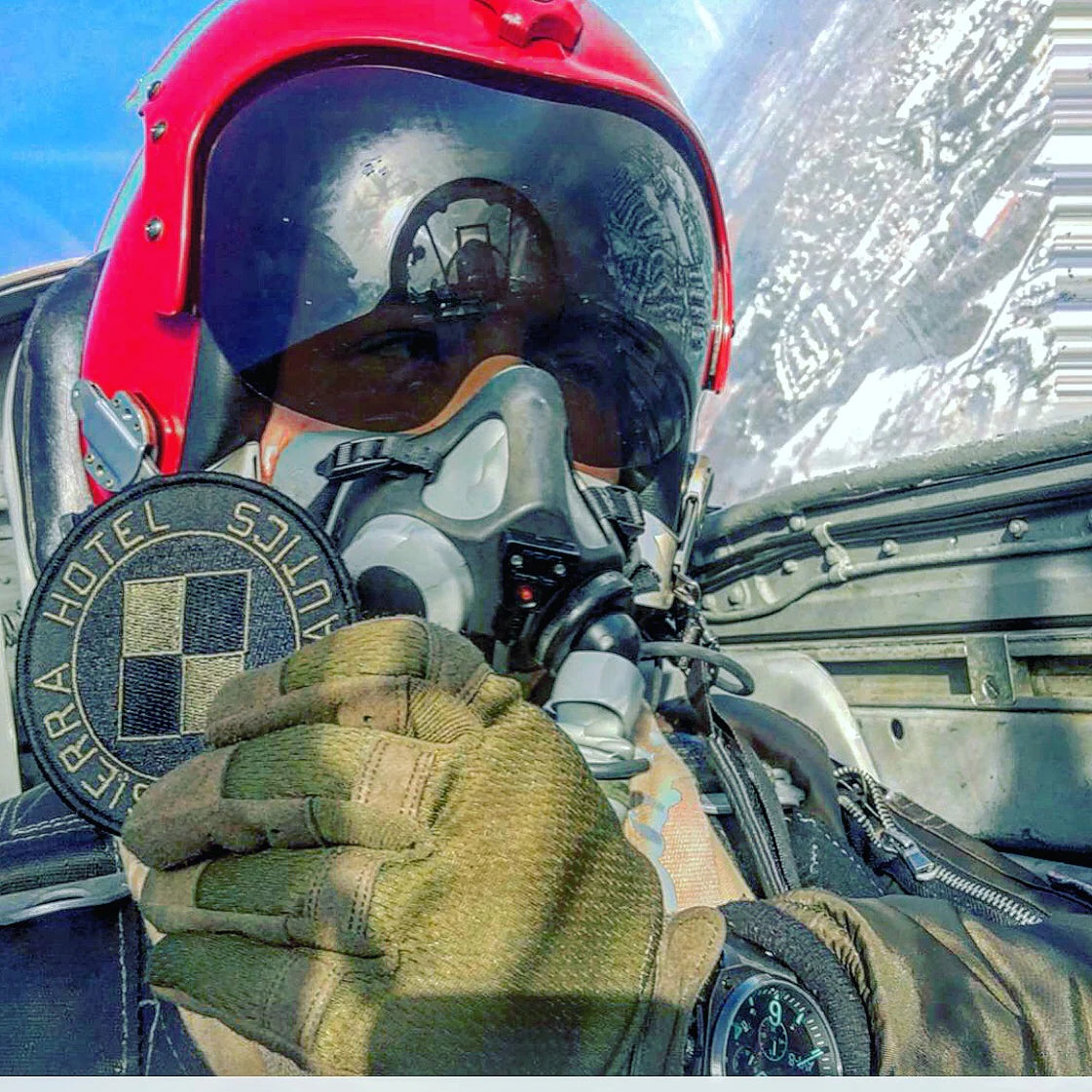The Gulf of Sidra Incident - 1989 air battle near Tobruk

On the morning of 4 January 1989, the Kennedy battle group was operating some 130 km north of Libya, with a group of A-6 Intruders on exercise south of Crete, escorted by two pairs of F-14As from VF-14 and VF-32, as well as an E-2C from VAW-126. Later that morning, the southernmost Combat Air Patrol station was taken by two F-14s from VF-32 (CDR Joseph Bernard Connelly/CDR Leo F. Enwright in BuNo 159610, 'AC207') and (LT Hermon C. Cook III/LCDR Steven Patrick Collins in BuNo 159437, 'AC202'). The officers had been specially briefed for this mission due to the high tensions regarding the Carrier Group's presence; the pilots were advised to expect some hostilities.

At 11:50 hrs, after some time on patrol, the E-2 informed the F-14 crews that four Libyan MiG-23s had taken off from Al Bumbaw airfield near Tobruk. The F-14s turned towards the first two MiG-23s some 50 km ahead of the second pair and acquired them on radar. At the time, the Floggers were 72 nautical miles (133 km) away at 10,000 ft (3,000 m) and heading directly towards the Tomcats and carrier. The F-14s turned away from the head-on approach to indicate they were not attempting to engage. The Floggers changed course to intercept at a closing speed of about 870 knots. The F-14s descended to 3,000 ft to give them a clear radar picture of the Floggers against the sky and leave the Floggers with sea clutter to contend with. Four more times, the F-14s turned away from the approaching MiGs. Each time, the Libyan aircraft turned in to continue to close. At 11:59, the Radar Intercept Officer (RIO) of the lead Tomcat ordered the arming of the AIM-9 Sidewinder and AIM-7 Sparrow missiles it was carrying. The E-2C had given the F-14 crews authority to fire if threatened; the F-14 crews did not have to wait until after the Libyans opened fire.

At almost 12:01, the lead Tomcat RIO said, "Bogeys have jinked back at me again for the fifth time. They're on my nose now, inside of 20 miles", followed shortly by "Master arm on" as he ordered arming of the weapons. At a range of 14 nm, the RIO of the lead F-14A fired the first AIM-7M Sparrow; he surprised his pilot, who did not expect to see a missile accelerate away from his Tomcat. The RIO reported, "Fox 1. Fox 1." The Sparrow failed to track because of a wrong switch-setting. At 10 nm, he launched a second Sparrow missile, but it failed as well.

The Floggers accelerated and continued to approach. At 6 nm range, the Tomcats split and the Floggers followed the wingman while the lead Tomcat circled to get a tail angle on them. The wingman fired a third Sparrow from 5 nm and downed one of the Libyan aircraft. The lead Tomcat, by now, had gained the rear quadrant on the final Flogger. After closing to 1.5 nm, the pilot fired a Sidewinder, which hit its target.
The Tomcats proceeded north to return to the carrier group. The Libyan pilots were both seen to successfully eject and parachute into the sea, but the Libyan Air Force was unable to recover them.












To the sierrahotel.net administrator, Your posts are always well-structured and logical.
Leave a comment